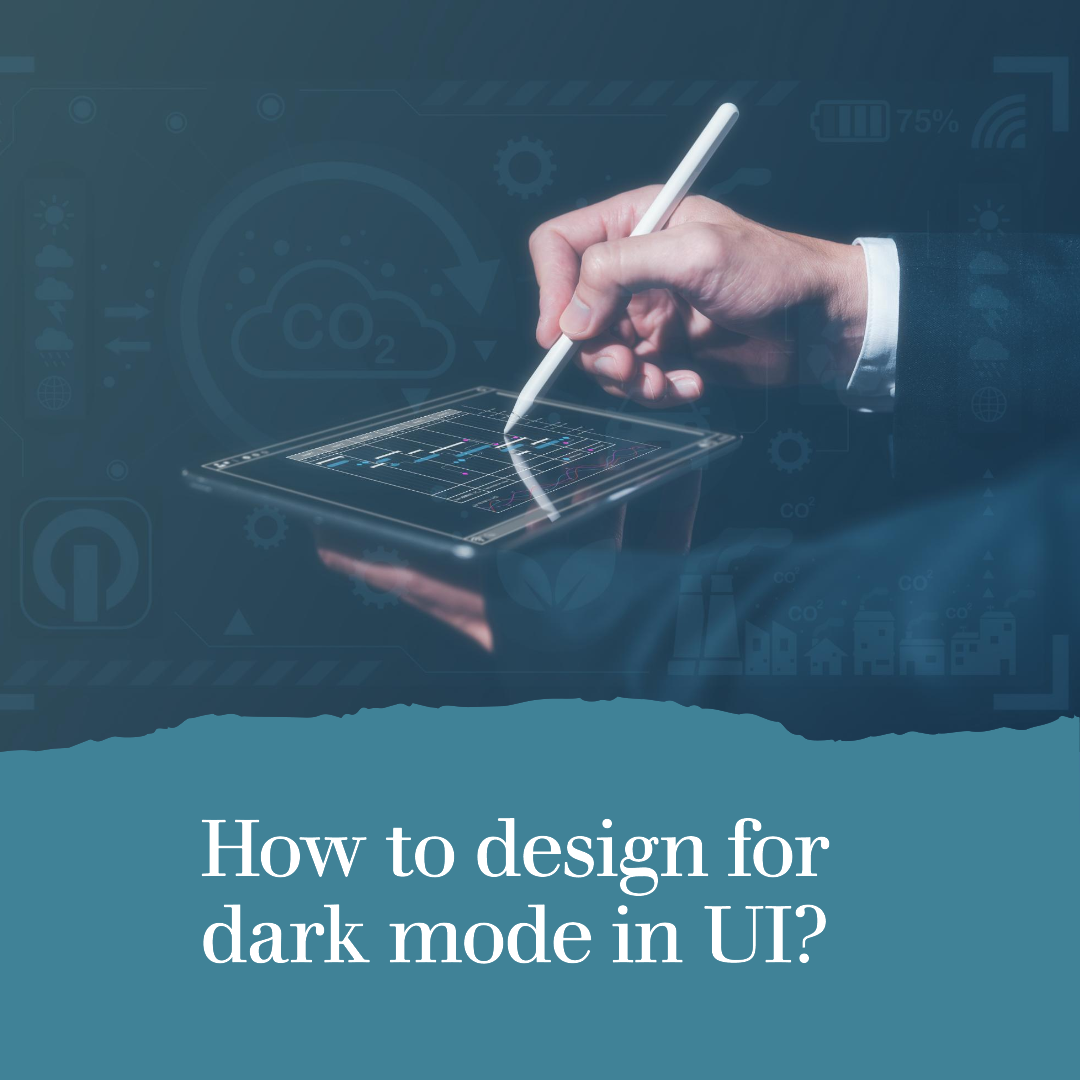User experience (UX) design is the process of designing products and services that are easy to use and enjoyable. It is a multidisciplinary field that encompasses psychology, human-computer interaction, and design.
UX designers are responsible for creating user-centered products that meet the needs of the user. They do this by conducting user research, designing wireframes and prototypes, and testing designs with users.
In this blog article, we will answer the top 10 FAQs about UX design. We will cover topics such as the difference between UX and UI design, the importance of UX design, and the different principles of UX design.
Top 10 FAQs About UX Design
FAQ 1: What is the difference between UX and UI design?
UX and UI design are often confused with each other, but they are actually two different disciplines. UX design is concerned with the overall user experience, while UI design is concerned with the visual appearance of a product.
In other words, UX design is about how a product feels, while UI design is about how a product looks. A good UX design will be enjoyable to interact with and will make the user feel like they are in control. A good UI design will be visually appealing and easy to use.
FAQ 2: What is the importance of UX design?
UX design is important for a number of reasons. First, it can help to improve the usability of a product. A well-designed UX will be easy to use and understand, which will make it more likely that users will be able to successfully use the product.
Second, UX design can help to create a positive user experience. A product with a good UX will be enjoyable to use and will make users feel like they are in control. This can lead to increased user satisfaction and loyalty.
Third, UX design can help to differentiate a product from its competitors. A product with a unique and attractive UX can help to make it stand out from the crowd. This can give the product a competitive advantage in the marketplace.
FAQ 3: What are the different principles of UX design?
There are many different principles of UX design. Some of the most important principles include:
- Clarity: The UX should be clear and easy to understand. The user should be able to easily understand what the different elements of the UX mean and how they work.
- Consistency: The UX should be consistent throughout the product. This means that the same design elements should be used throughout the product, and that the user should be able to easily learn how to use the product.
- Hierarchy: The UX should have a clear hierarchy. This means that the most important elements of the UX should be more prominent than the less important elements.
- Feedback: The UX should provide feedback to the user. This means that the user should be able to see what happens when they interact with the UX.
- Affordance: The UX should be affordance. This means that the user should be able to easily understand what they can do with the different elements of the UX.
FAQ 4: What are some common UX design mistakes?
There are many common UX design mistakes. Some of the most common mistakes include:
- Not considering the user: The most common UX design mistake is not considering the user. This means designing a product that is not easy to use or understand, or that does not meet the needs of the user.
- Using too much jargon: Jargon can make a UX confusing and difficult to understand. It is important to use plain language that the user can understand.
- Not providing feedback: Feedback is essential for a good UX. It helps the user to understand what is happening and to correct mistakes.
- Not testing the UX: It is important to test the UX with users to ensure that it is easy to use and understand.
FAQ 5: How can I learn more about UX design?
There are many resources available to help you learn more about UX design. Some of the best resources include:
- Books: There are many books available on UX design. Some of the best books include:
- Websites: There are many websites that offer information on UX design. Some of the best websites include:
- Online courses: There are many online courses available on UX design. Some of the best online courses include:
- Foundation of UX Design for Beginners by Coursera
- Be a Better Web design and Developer by Udemy
- UX/UI Design Masterclass by LinkedIn Learning
- UX Design Bootcamp by General Assembly
- UX Design Foundations by Treehouse
FAQ 6: What are the different types of UX design?
There are many different types of UX design. Some of the most common types include:
- Web UX Design: Web UX design is the process of designing the user experience of a website.
- Mobile UX design: Mobile UX design is the process of designing the user experience of a mobile app.
- Desktop UX design: Desktop UX design is the process of designing the user experience of a desktop app.
- IoT UX design: IoT UX design is the process of designing the user experience of an Internet of Things (IoT) device.
- AR/VR UX design: AR/VR UX design is the process of designing the user experience of an augmented reality (AR) or virtual reality (VR) experience.
FAQ 7: What are the tools used for UX design?
There are many different tools used for UX design. Some of the most popular tools include:
- Sketch: Sketch is a vector graphics editor used for drawing, wireframing, prototyping, and design handoff.
- Adobe XD: Adobe XD is a vector graphics editor used for wireframing, prototyping, and design handoff.
- Figma: Figma is a cloud-based design tool used for wireframing, prototyping, and design collaboration.
- InVision Studio: InVision Studio is a vector graphics editor used for wireframing, prototyping, and design collaboration.
- Zeplin: Zeplin is a design-to-code tool that helps designers hand off their designs to developers.
FAQ 8: What are the future trends in UX design?
The future trends in UX design are constantly evolving. However, some of the most promising trends include:
- Motion design: Motion design is the use of animation and motion graphics to create a more engaging and interactive UX.
- Dark mode: Dark mode is a UI theme that uses darker colors to improve the readability and usability of a UI.
- Voice UI: Voice UI is the use of voice commands to interact with a UI.
- AI-powered UI: AI-powered UI is the use of artificial intelligence to create a more personalized and intuitive UI.
- AR/VR UI: AR/VR UI is the use of augmented reality and virtual reality to create more immersive and interactive UIs.
FAQ 9: What are the benefits of good UX design?
There are many benefits to good UX design. Some of the most important benefits include:
- Increased usability: Good UX design can make a product more usable and easier to understand.
- Improved user experience: Good UX design can create a more enjoyable and satisfying user experience.
- Increased user satisfaction: Good UX design can lead to increased user satisfaction and loyalty.
- Increased sales: Good UX design can help to increase sales by making it easier for users to find what they are looking for and complete their purchase.
FAQ 10: What are the challenges of UX design?
There are many challenges to UX design. Some of the most important challenges include:
- Keeping up with trends: The field of UX design is constantly evolving, so it can be challenging to keep up with the latest trends.
- Balancing usability and design: It can be challenging to balance the need for usability with the need for a visually appealing design.
- Creating a consistent UX: It can be challenging to create a consistent UX across different devices and platforms.
- Testing and iterating: It is important to test and iterate on UX designs to ensure that they are effective.








